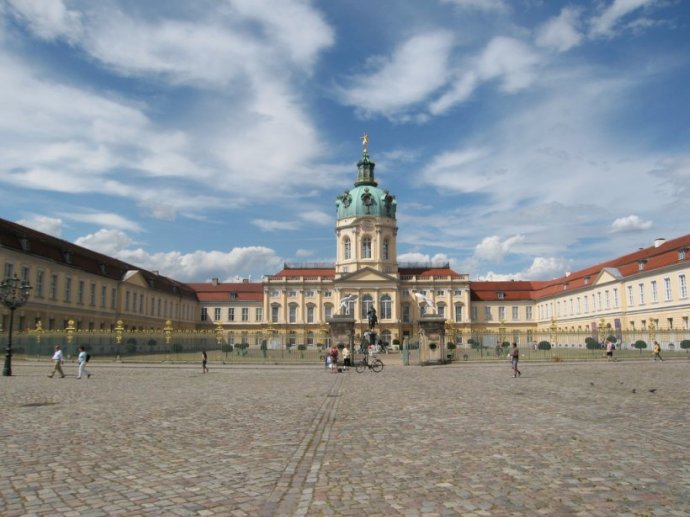Today I want show you my favorite part in Berlin. Come with me on a tour through the most beautiful garden in Berlin 'Charlottenburg Garden'.

Charlottenburg Palace
The Charlottenburg Palace was built between 1695-1699, designed by the architect J. Arnold Nering. It was initially intended as a small garden and summer palace for the wife of Elector Friedrich III., Sophie Charlotte.
After the coronation of the elector in 1701 the first king in Prussia, the castle was built by the architect von Goethe Eosander to a more representative seat modeled on Versailles. The main central building with its eleven axes window has now been supplemented by wing and there was a cour d'honneur, a Court of Honor. Also in this phase was added in the most characteristic component of the Castle, a little too overblown dome.
The death of Sophie Charlotte in 1705, received the castle and the nearby village its name. With the death of King Frederick I in 1713, the construction work stopped and continued only under Frederick the Great 1740 Designed by Knobelsdorff was built between 1740-1746 of the new wing to the east, which should make the equivalent of the old west with the orangery wing.
As a final component 1791, the Palace Theatre added, designed by Carl Gotthard Langhans. This extension of the orangery would mark the final of the nearly 100-year construction period.
After the Charlottenburg Palace was damaged during the Second World War, the restoration required more than two decades to rebuild.
After the coronation of the elector in 1701 the first king in Prussia, the castle was built by the architect von Goethe Eosander to a more representative seat modeled on Versailles. The main central building with its eleven axes window has now been supplemented by wing and there was a cour d'honneur, a Court of Honor. Also in this phase was added in the most characteristic component of the Castle, a little too overblown dome.
The death of Sophie Charlotte in 1705, received the castle and the nearby village its name. With the death of King Frederick I in 1713, the construction work stopped and continued only under Frederick the Great 1740 Designed by Knobelsdorff was built between 1740-1746 of the new wing to the east, which should make the equivalent of the old west with the orangery wing.
As a final component 1791, the Palace Theatre added, designed by Carl Gotthard Langhans. This extension of the orangery would mark the final of the nearly 100-year construction period.
After the Charlottenburg Palace was damaged during the Second World War, the restoration required more than two decades to rebuild.
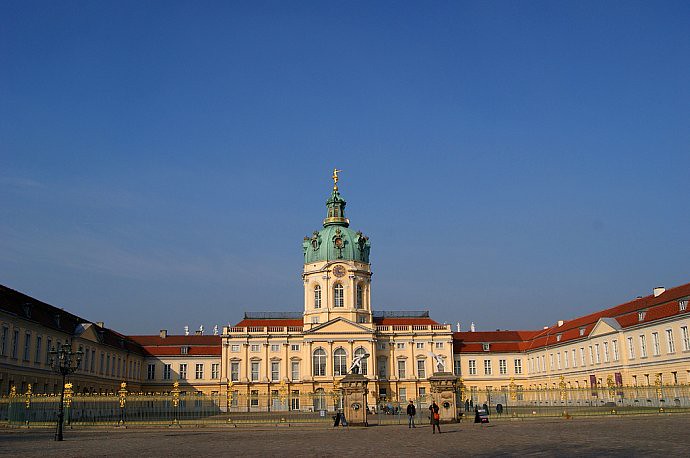
New Pavilion
Karl Friedrich Schinkel constructed this Italianesque building in 1825. An outstanding collection from Schinkel’s era with paintings by Caspar David Friedrich and Carl Blechen can be viewed here today. The new Pavillion is closed due to restoration. Reopening 2011
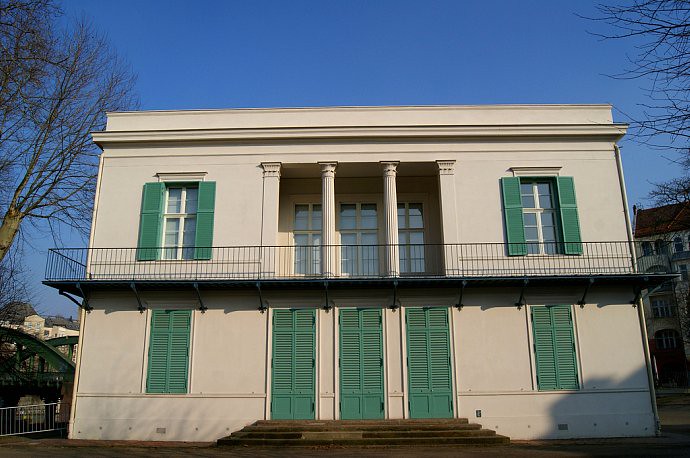
Belvedere
The architect Carl Gotthard Langhans constructed this charming building in 1788 to provide a lookout point in Charlottenburg Park. An important collection from the Berlin Porcelain Manufactory (KPM) is shown here today.
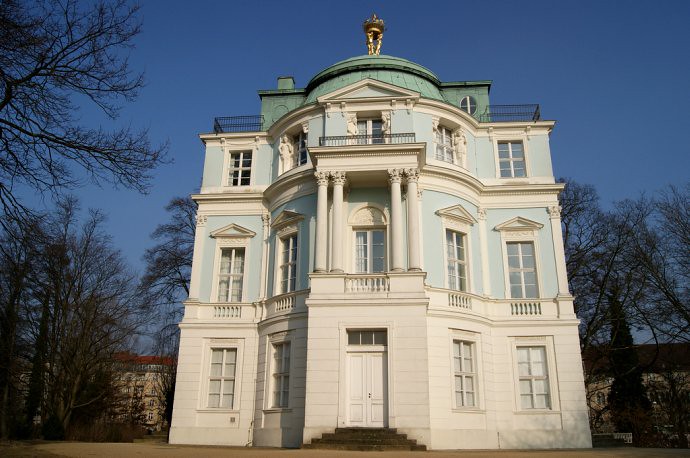
Orangerie
In the time it established itself in the Charlottenburg Palace as a summer residence, was built between 1709-12 in the west of the old castle subsequent Orangerie. Which served from Goethe Eosander Orangerie originally designed as wintering rare plants. During the summer months, when more than 500 orange, lemon and sour orange trees adorned the Baroque garden, the Orangerie was regularly magnificent scene of courtly festivities.
Destroyed in the War, the wing after the baroque style and rebuilt in a new light shines today. The well-lit banquet hall provides a lovely setting for cultural events, concerts and banquets. Not only in the past, the Orangerie of Charlottenburg Palace illustrious personalities can accommodate: So here were in the past years, about Queen Elizabeth II or the Chinese Premier visited.
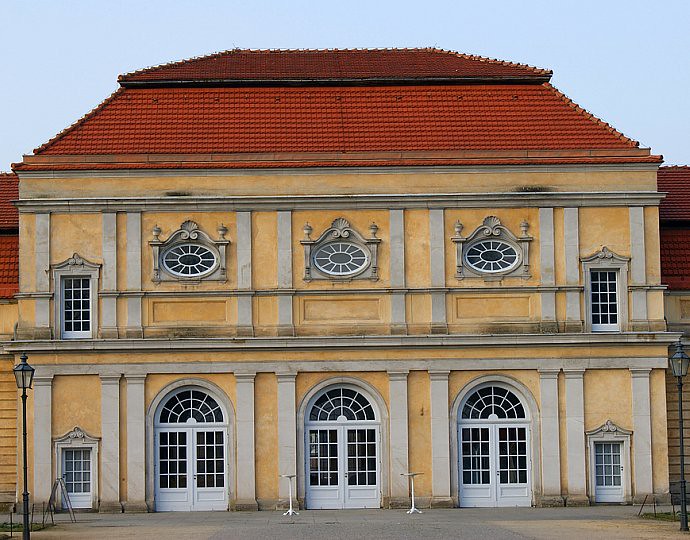
Mausoleum
The mausoleum was built as a tomb for King Frederick William III and Queen Luise.
Later, Emperor William I and Empress Augusta were also laid to rest here.
Later, Emperor William I and Empress Augusta were also laid to rest here.
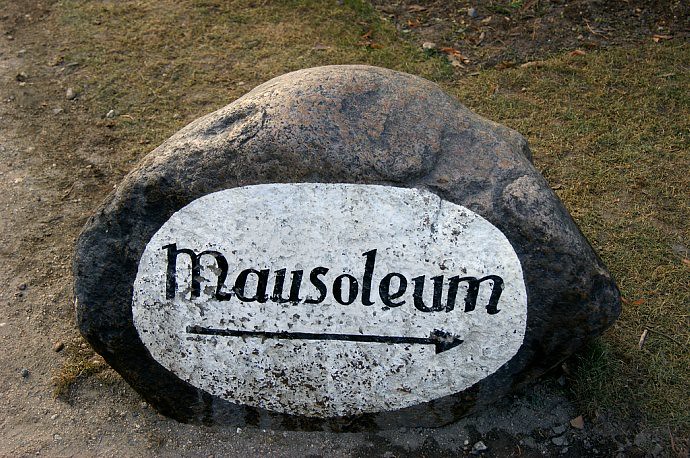
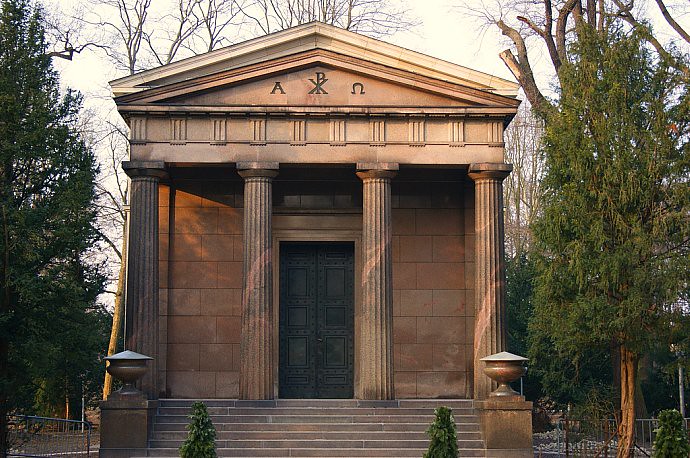
Click here to view thumbnails for all participants

